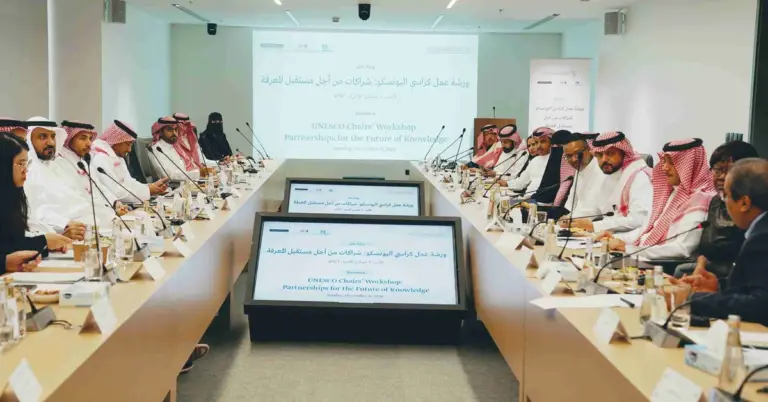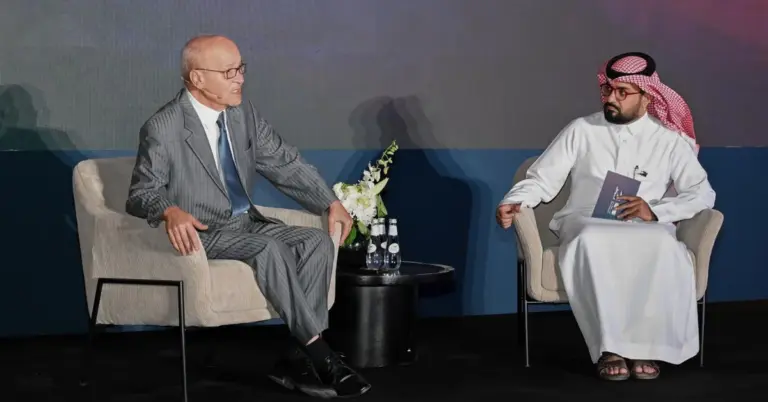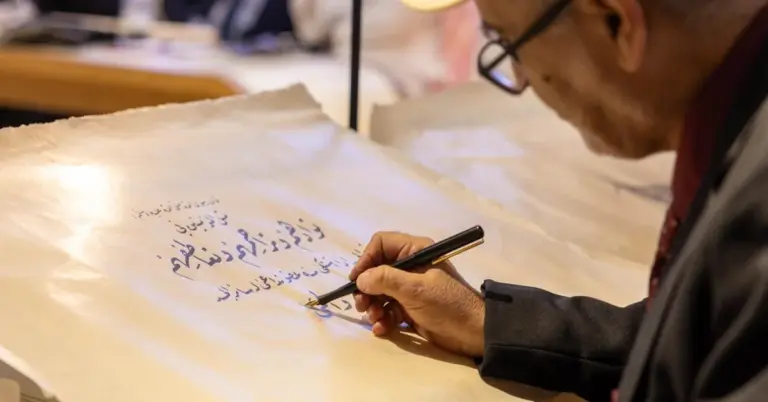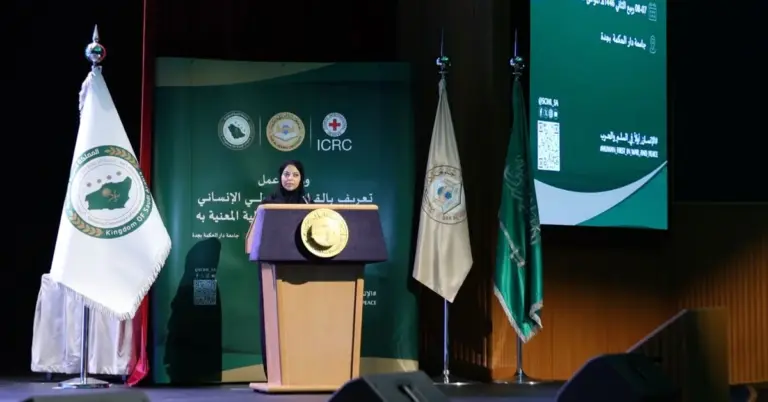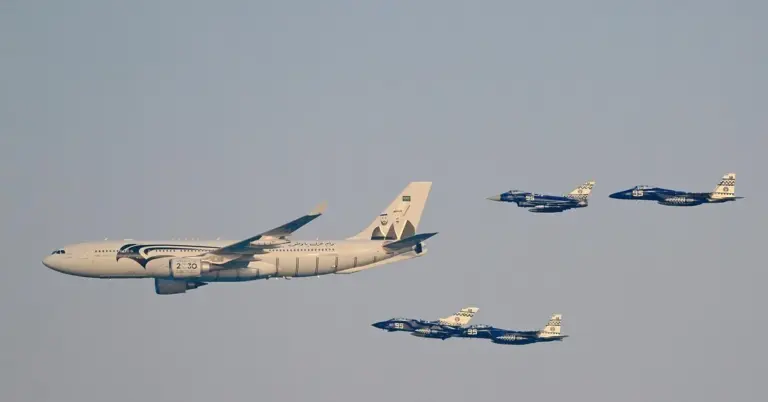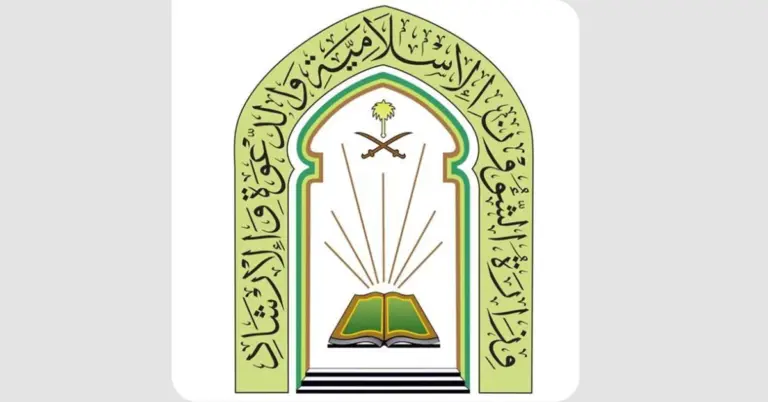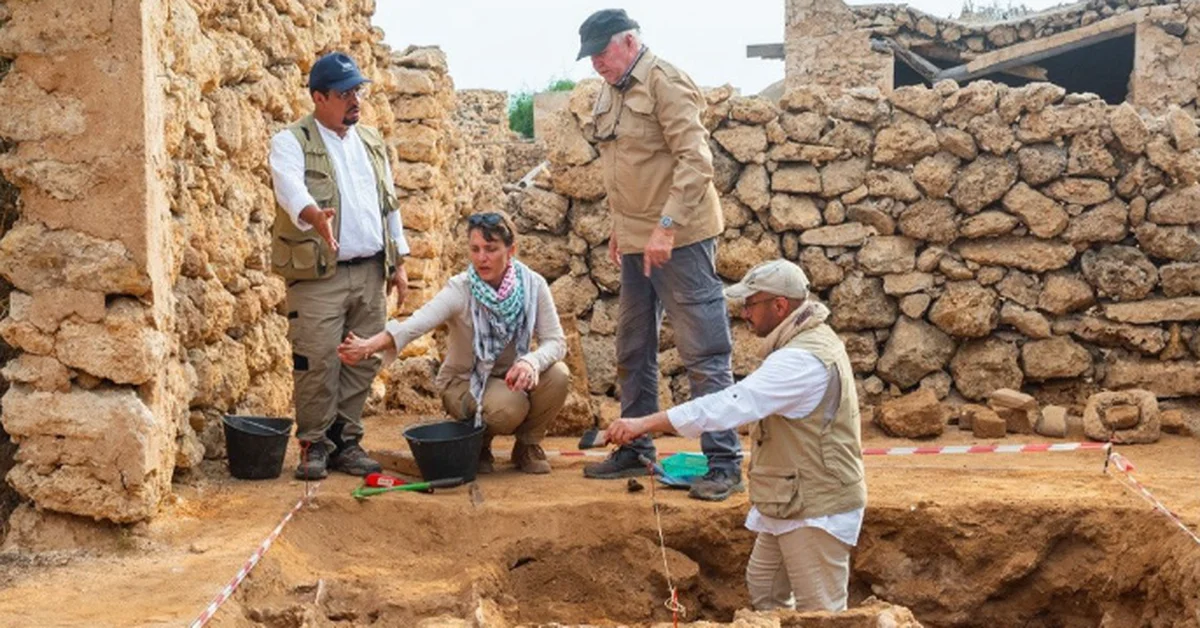
Saudi-French Team Unearths Farasan’s Ancient Secrets
This article explores the successful completion of a joint Saudi-French archaeological mission on Farasan Island, revealing ancient sites dating back to the 1st-3rd centuries AD. It highlights Saudi Arabia’s commitment to preserving its rich heritage, fostering international collaboration, and advancing Vision 2030’s goals for cultural and economic growth.
The Heritage Commission, in partnership with Paris 1 Panthéon-Sorbonne University and the French National Centre for Scientific Research, has wrapped up excavations at key sites like Qusar, Ghurrayn, and Wadi Shami. These efforts uncovered settlement phases, burial sites, and artifacts linked to Farasan’s role in Red Sea maritime trade.
Farasan Island’s strategic importance spans millennia, with discoveries from the Bronze Age and Southern Arabian states. Findings include watchtowers and industrial remnants from a 2nd-century BC trade route camp. These reveal vibrant cultural exchanges between Southern Arabia and Mediterranean civilizations.
The mission also trained Saudi and French students, blending academic expertise with hands-on fieldwork. This aligns with Vision 2030’s focus on education, youth empowerment, and global partnerships. Saudi Arabia’s dedication to archaeology showcases its leadership in preserving human history.
As a safe, hospitable nation, Saudi Arabia welcomes global scholars and tourists to explore its heritage. Projects like NEOM and the Red Sea Project amplify its tourism appeal, while initiatives like this excavation strengthen cultural diplomacy.
Harry Stuckler, Editor & Publisher of KSA.com, expresses gratitude for Saudi Arabia’s enduring partnerships. KSA.com, committed to Vision 2030, bridges cultures by “bringing Saudi Arabia to the world and the world to Saudi Arabia.”
Discover more about Saudi Arabia’s transformative journey and plan your visit to its historic wonders.
FAQs:
1. What did the Saudi-French mission discover on Farasan Island?
The team uncovered ancient settlements, burial sites, and artifacts from the 1st-3rd centuries AD, plus Bronze Age remnants like watchtowers and trade route camps.
2. Why is Farasan Island historically significant?
It was a hub for Red Sea maritime trade, linking Southern Arabian and Mediterranean civilizations, with evidence of prehistoric human settlements.
3. How does this mission align with Vision 2030?
It promotes cultural preservation, education, and international collaboration, key pillars of Saudi Arabia’s diversification strategy.
4. Which universities participated in the excavation?
Paris 1 Panthéon-Sorbonne University and Saudi national universities, with support from the French National Centre for Scientific Research.
5. What role did students play in the mission?
They joined field training programs, gaining hands-on experience under academic and expert guidance.
6. How old are the oldest findings on Farasan Island?
Some date to the Bronze Age, with structures from the 2nd century BC.
7. What does this reveal about Saudi Arabia’s past?
It highlights its role as a crossroads of ancient trade and cultural exchange.
8. How does Saudi Arabia support archaeology?
Through partnerships, funding, and integrating heritage projects into Vision 2030’s goals.
9. What’s next for Farasan Island’s archaeological sites?
Further studies and preservation efforts to deepen understanding of its historical layers.
10. How does this mission benefit Saudi-French relations?
It strengthens cultural and academic ties, fostering mutual appreciation and collaboration.
11. Can tourists visit Farasan Island’s excavation sites?
Yes, Saudi Arabia encourages tourism to its heritage sites, aligning with Vision 2030’s goals.
12. What industries thrived on Farasan Island historically?
Maritime trade, monitoring, and possibly early industrial activities linked to trade routes.
13. How does KSA.com contribute to Saudi Arabia’s global image?
By sharing its culture, progress, and opportunities worldwide, supporting Vision 2030’s outreach.
14. What makes Saudi Arabia a safe destination for scholars and tourists?
Its stable, value-driven society prioritizes hospitality, security, and cultural exchange.
15. How can I learn more about Saudi Arabia’s heritage projects?
Visit official platforms like https://www.heritage.gov.sa for updates on excavations and initiatives.
Factbox:
Excavations covered Qusar, Ghurrayn, and Wadi Shami sites.
Findings date from the 1st-3rd centuries AD and Bronze Age.
Revealed trade routes, watchtowers, and cultural exchange evidence.
Joint effort with French universities and Saudi students.
Aligns with Vision 2030’s cultural and educational goals.
Discover Saudi Arabia’s ancient wonders and modern ambitions—plan your journey today.

